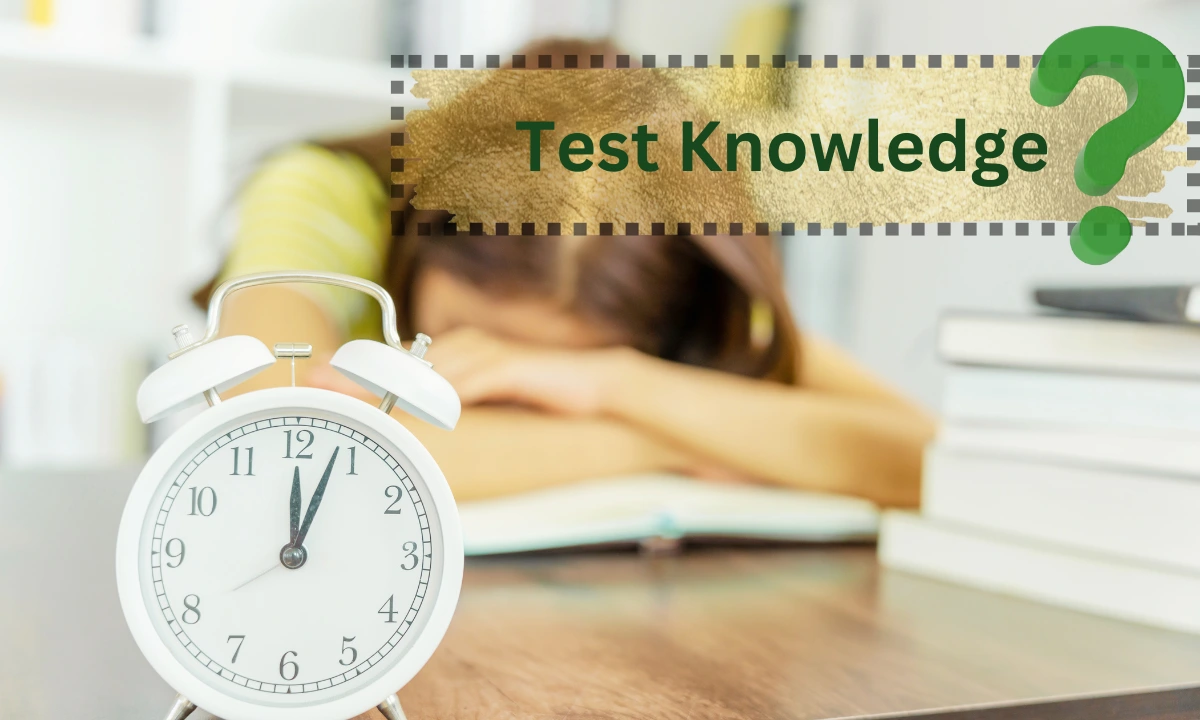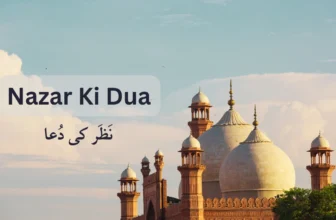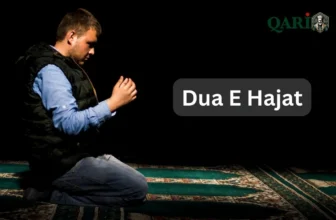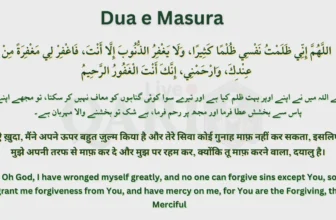
Have you ever wondered about the beautiful prayer whispered in the stillness of the night, the Dua Qunoot?
Its eloquent words hold a power that resonates deep within the hearts of those who recite it. This comprehensive guide will unlock the mysteries of Dua e Qunoot, delving into its meaning, significance, and the transformation impact it can have on your spiritual journey.
Whether you’re seeking translations, interpretations, or a deeper understanding, this blog will be your companion, offering resources like PDFs, videos, audio recordings, and even quizzes to test your knowledge.
Get ready to embark on a journey of discovery and immerse yourself in the profound beauty of Dua Qunoot.
What is Dua Qunoot?
Dua Qunoot isn’t a verse from the Quran, it’s a special prayer we say at night. It’s like a conversation with Allah, asking for His help and guidance.
There isn’t just one way to say Dua Qunoot, there are different versions. But they all share the same message of asking Allah to show us the right way and keep us safe.
Let’s explore these different versions and learn more about this special prayer.
While the words of Dua Qunoot may differ slightly, their essence remains the same: a heartfelt plea to Allah for guidance and protection. Some common versions include:
The version narrated by Hasan ibn Ali (RA):
This version is often recited by those following the Hanafi school of thought. It focuses on seeking Allah’s guidance, forgiveness, and protection from evil.
The version recited by the Prophet Muhammad (PBUH) during times of hardship:
This version is known as Qunoot Nazilah and is recited during challenging times for the Muslim community. It emphasizes seeking Allah’s help and victory over adversaries.
Dua e Qunoot Recitation Video in Arabic and urdu:
Dua Qunoot pdf Download to Read Offline
Dua Qunoot with Urdu and English Translation
وَنُؤْمِنُ بِكَ وَنَتَوَكَّلُ عَلَيْكَ
وَنُثْنِي عَلَيْكَ الْخَيْرَ كُلَّهُ
Tips for memorizing and reciting it:
Divide the dua into smaller sections and memorize them one at a time
Recite each section repeatedly until it becomes ingrained in your memory.
Write down the Arabic text and practice reciting it alongside the written form.

Practical Applications of Dua Qunoot in Your Daily Life:

Dua Qunoot is your guide when life gets confusing.
Feeling stressed? Dua Qunoot brings comfort and peace.
Pray Dua Qunoot regularly to strengthen your belief in Allah.
Dua Qunoot gives you the power to overcome difficulties.
Dua Qunoot helps you show thanks for the good things in life.
Benefits and Blessings of Reciting Qunoot:
- Closer relationship with Allah
- Peaceful heart and mind
- More thankful for Allah’s blessings
- Stronger faith and trust in Allah
- Protection from harm and guidance
- Feeling safe and loved by Allah
- Finding solutions to problems
- More patience and hope
- Greater success in life
- Happier and more content
Imagine feeling lost and worried. Reciting Qunoot is like talking to a loving parent who will always listen and help you. It’s like a warm hug from Allah, filling you with peace and hope.
Related Posts
- Dua e Qunoot: A Comprehensive Guide
- Dua For Waking Up
- Finding Peace and Blessings with Dua Ganjul Arsh
Lest’s Test Our Knowledge About the Topic

Tirmidhi, Ahmad, Abu Dawood
Yes, especially during hardships
Recite it regularly
Shows authenticity and significance
The Prophet Muhammad (PBUH)
Dua Qunoot FAQs (Historical Context)
What is it?
It is an optional supplication recited during Witr, a prayer with an odd number of rak’ats performed at night. Think of it as a bonus round for heartfelt prayers.
Why is it unique?
There are no set words, allowing for a deeply personal and open conversation with God. It’s a chance to pour your heart out, seeking guidance, forgiveness, and whatever else weighs on your mind.
Is it mandatory?
No, Dua Qunoot is not obligatory. However, many Muslims cherish it to deepen their nighttime worship experience.
What can I say?
The beauty lies in the openness. You can ask for anything from help with everyday struggles to guidance on your spiritual path. Here are some common themes:







